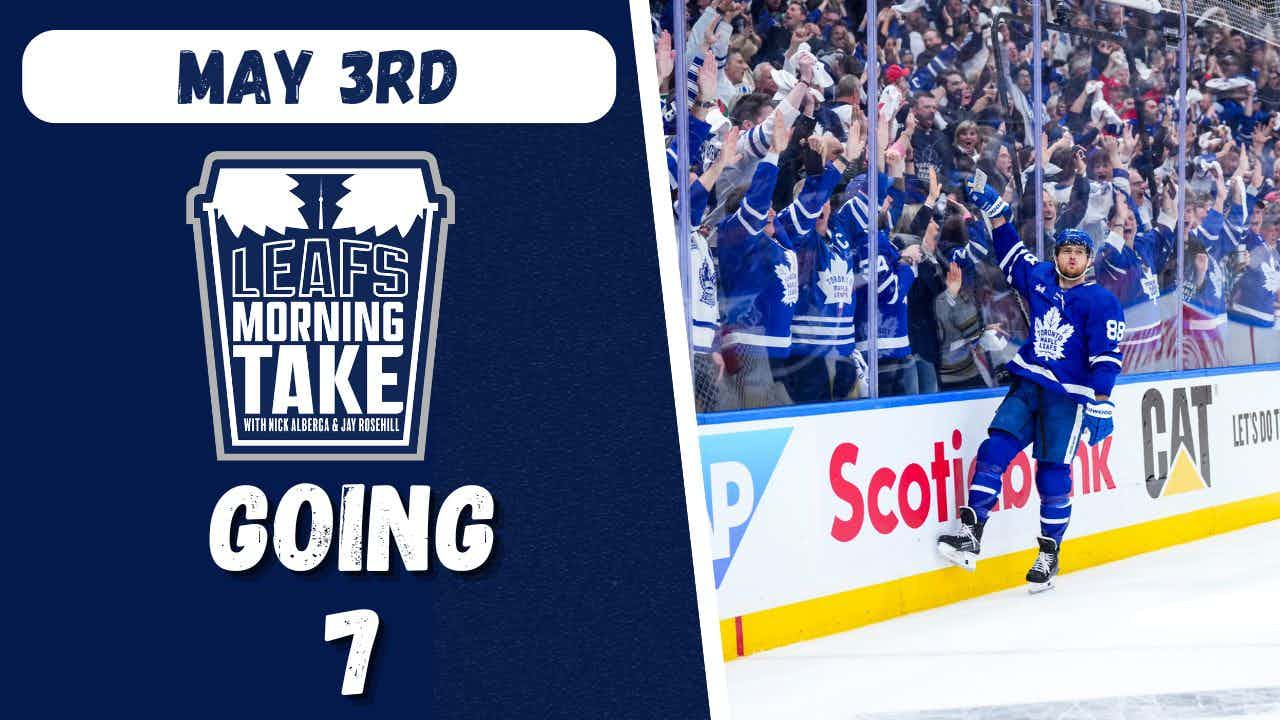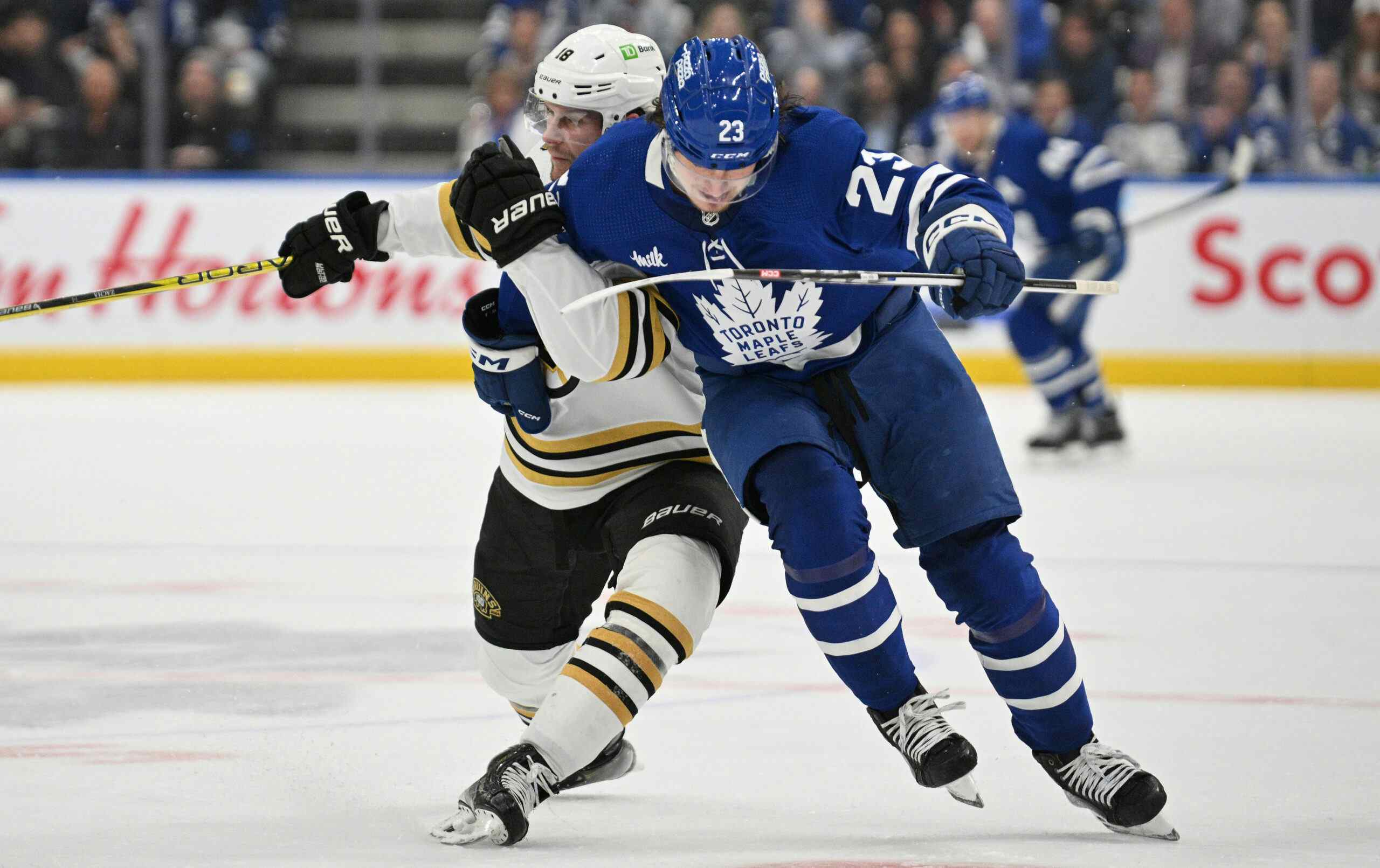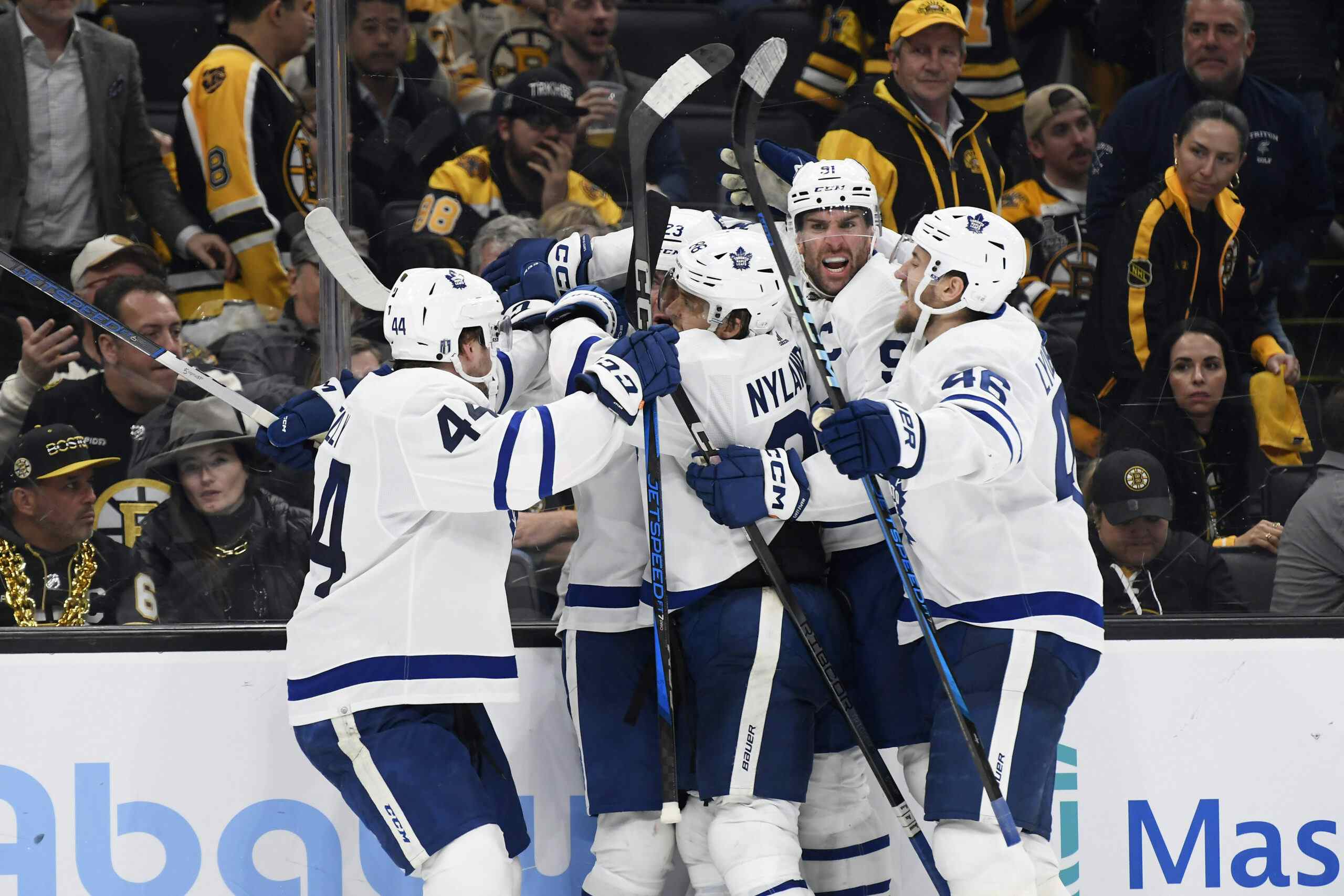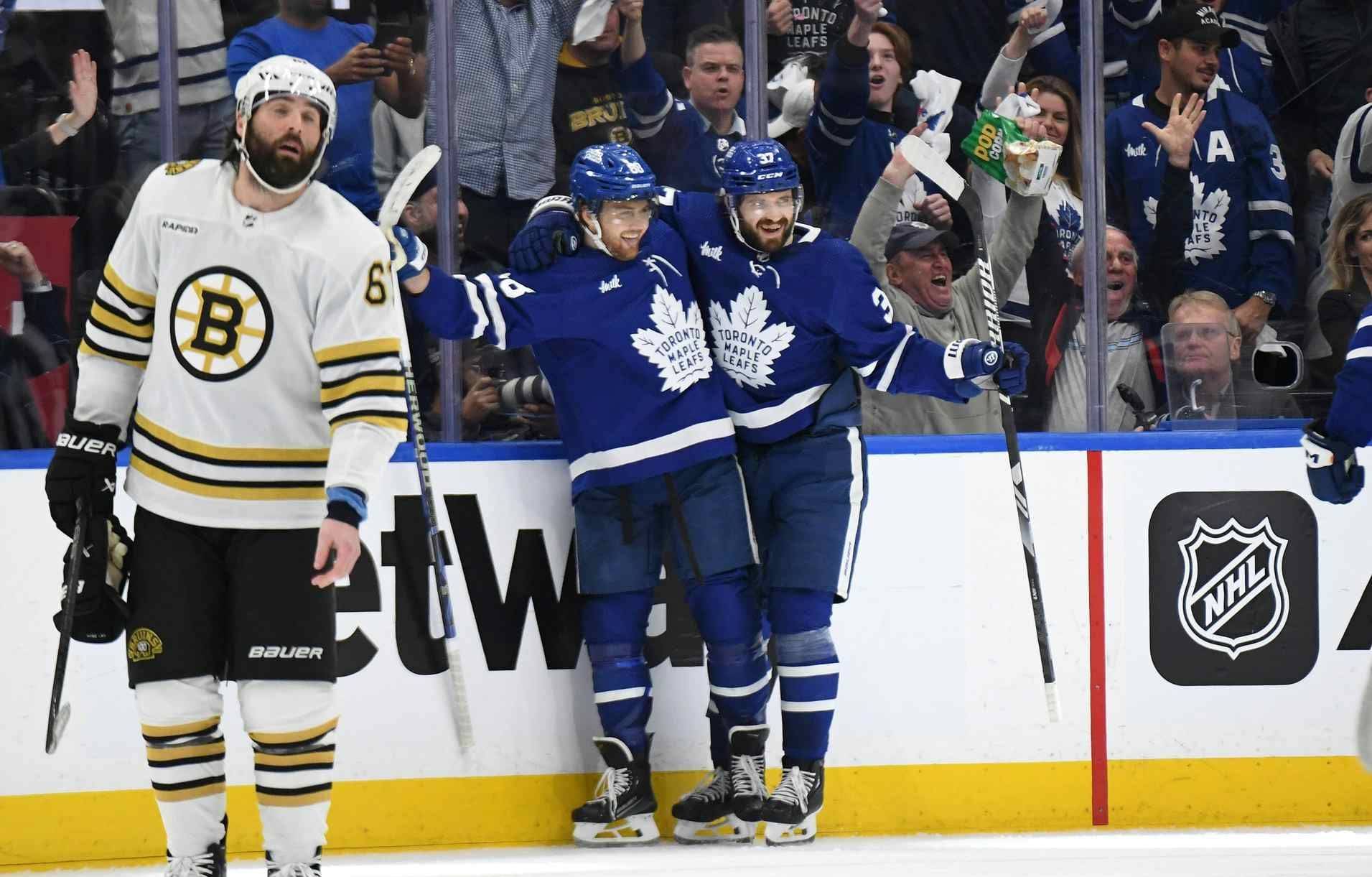A gruelling assessment of the 2012 Columbus Blue Jackets
By Cam Charron
11 years ago
So where on earth do the Columbus Blue Jackets go from here?
Why, it seems like only a year ago we were looking at the prospects of a new future in Columbus. The team were spending money on good players. They got James Wisniewski and Radek Martinek, two solid defencemen, along with Vinny Prospal, to complement a new core bolstered by the acquired Jeff Carter.
For once, the Blue Jackets were going into the year with a bit of hope. They still had their captain Rick Nash and with Carter, had two franchise players up front for once. They had two good checking centres in Antoine Vermette and Samuel Pahlsson, along with a couple of home-grown defencemen in Marc Methot and Fedor Tyutin. All in all, this was a roster that had some good pieces, and a couple of stars to bring it together.
What followed was not pretty, and general manager Scott Howson dismantled their entire group before it even got started.
The Blue Jackets commit some $91M to their major acquisitions in Wisniewski and Carter. Wisniewski was supposed to provide a powerplay option that they never had. Carter was going to give Nash an elite centre to play with for once in his career:
“All the true contenders are strong down the middle,” Howson said. “We feel now with Jeff (in the fold)…we have a chance to be very strong down the middle.”And I wrote that down.Howson also talked about needing a defenseman who could not just defend — even to me, the position gives that part of the job away — but contribute to the offense. Wisniewski, as it turns out, was one of just six defensemen in the NHL last year to score 50+ points. The Blue Jackets traded a draft pick with Montreal to get him as soon as the market opened late last month, then signed him to a six-year extension.“We really think (Wisniewski) is going to help in a lot of areas,” Howson said. “We have not been good on power plays for a long time here. We think we have not had the right person at the point quarterbacking and shooting in our power play.” [FOX Sports Ohio]
Wisniewski was suspended for a pre-season incident when he hit Cal Clutterbuck’s head after the final horn in a game against Minnesota. He missed the first eight games of the season. Incidentally, the Jackets lost all eight, not winning until Wisniewski came back into the lineup.
Before his return even, Carter found himself on the injured reserve with a fractured right foot. The two newest stars of the Jackets were on the shelf as the team played some lean games at the start of the season. By the time got into the same lineup together, it was November 12th and the Jackets won a 2-1 contest against the Winnipeg Jets. It was just the team’s third win of the season.
Unfortunately, during this time the Jackets had goaltending issues. Steve Mason, the one-time Calder Trophy winner as the rookie of the year, had an even strength save percentage of .900 in the team’s first 16 games.
February hit, and it was time to sell. Vermette went to Phoenix for a song. Pahlsson to Vancouver. The Jackets decided it was time to give up on Jeff Carter—after 39 games, either the problems in the dressing room or the problems on ice, the team didn’t find it worthwhile to have him in the lineup. They let him go for Jack Johnson, arguably the worst regular defenceman in the NHL over the last few years.
What is a shame is how quickly they gave up on this team that showed quite a bit of promise.
It’s a small sample, but with both Carter and Wisniewski in the lineup, the team averaged 79 points per 82 games played. Compare that to the 65 that they actually ended up with at the end of the season. The team’s tied possession statistics, which tailed off midway through the season, were also strong with both players in the lineup:
(Data acquired through the excellent timeonice.com scripts and Hockey Reference)
Wisniewski alone wasn’t enough to drive play for the Jackets, but Carter was, and with both players in the lineup, the Jackets had a respectable 52.4% tied Fenwick rate. That would have been good for 9th in the NHL. Without either, they were a 45.8% team, which would be 3rd worst. In the 43 games the Jackets played without Jeff Carter, their 44.5% Fenwick rate would be dead last in the National Hockey League, yes, below even the Minnesota Wild:
(via BTN)
The problems for the Jackets weren’t necessarily at even strength, or even goaltending at that point. Curtis Sanford had come in and quietly had a terrific season in relief, his best ever season at even strength since he stopped 94 of 100 shots in 2003. While not great, at the time of the Carter trade the Jackets had a .925 EV SV% from their goaltending but were shooting a measly 6.1%.
Despite Howson’s vision as Wisniewski as the #1 powerplay quarterback defenceman in Columbus ere the season started, that quickly changed. Johnson has limited defensive abilities. If anything, he can score a few powerplay goals a year. The Jackets had some percentage problems on specialty teams.
The team was 4th in the NHL in 5-on-4 shots, but had faced unsustainable .910 save percentage in that situation, dropping them to tied for 26th in the NHL in goals. On the penalty kill, the discrepancy was just as bad. Thanks to an awful .827 penalty kill save percentage, the Jackets allowed 9 goals per hour of 4-on-5 hockey, worst in the NHL, despite being just 20th in shots allowed. [BTN team pages]
I have no way of splitting this up by season segment, but it would be interesting to see if a few minutes of poor powerplay shooting percentages is what caused the Jackets to have such a miserable record in their time without Carter. 7 of his 15 goals in 39 games with the club were on the powerplay, however.
With the amount of injuries sustained by the Blue Jackets last season and the money commit last offseason, you have to wonder why the Jackets didn’t just write-off the season. Instead, they went in the complete opposite direction, firing all their good players and their coach. What was he ever going to do?
Meanwhile, I return above to Howson’s quote about how all good teams have good centres down the middle. It’s true, both Western Conference finalists had strong centremen in their top six last postseason—the clubs acquired them from Scott Howson and the Columbus Blue Jackets.
What’s the lesson for Leafs fans? Centremen are important, but also, Rick Nash alone doesn’t turn a bad team into a good team. You need other players.
Recent articles from Cam Charron





